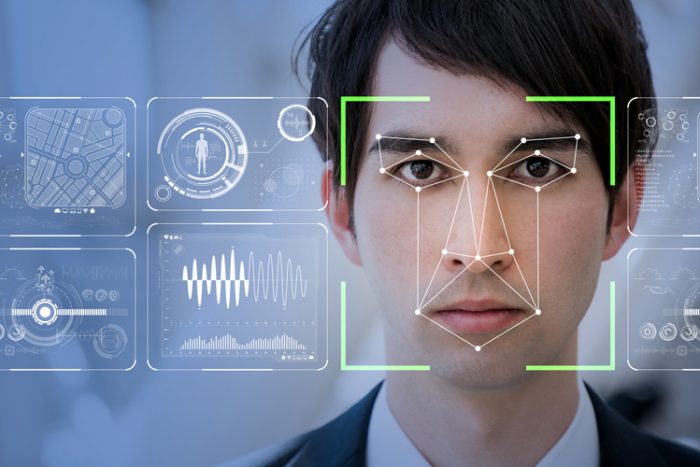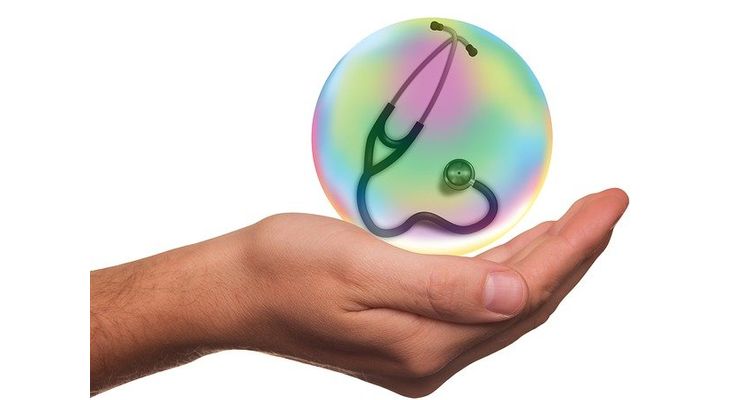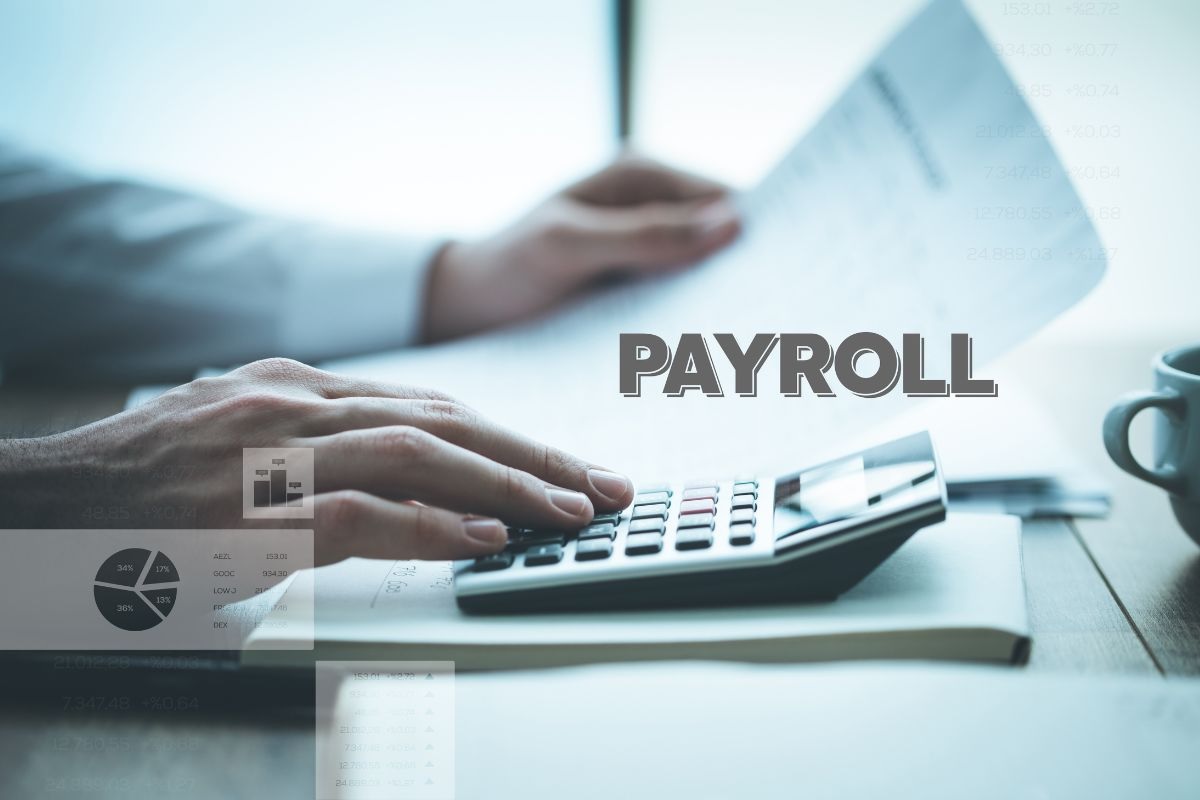3 Ways Facial Recognition Could Save Insurance Companies Millions

With facial recognition as one of the tech world’s hottest topics for debate, it makes sense one discussion a lot of circles are having is “what industries will this new product disrupt?”
While most answers have initially come from the early use cases of law enforcement, consumer products, or even security, other industries have been putting their chips into the proverbial facial recognition basket as well. One of the biggest out of that group has to be insurance, which is why we’re showcasing three ways we see it as a fit for saving the industry millions. Check them out below:
Preventing Frazd
With how accurate facial recognition is at identifying individuals, one of the biggest (and first) use cases that people are after is preventing fraud. As noted by the Insurance Information Institute, the insurance industry totaled $1.2 trillion in revenue for 2017, where health/life insurance accounted for nearly 52 percent of that total. While those two sectors experience some of the total insurance fraud, other sectors such as car, property, and small business insurance also take a blow. However, that’s a big place where facial recognition can help.
While it might sound small, being able to implement facial recognition into the onboarding as well as the verification of a claim process could be monumental to preventing fraud. Not only would it be a layer of protection, but prevention as well. This wouldn’t necessarily apply to cases where fraudsters take out a policy on an asset they try to claim after purposely destroying it, but it could help in cases of identity theft. Although it might require insurance companies to pull facial recognition profiles from outside databases, it could also be a great service for the industry as one of the most secure methods of identity verification.
Aiding Law Enforcement
One of the biggest customers of facial recognition technology is law enforcement agencies, who work hand-in-hand with insurance. Not only do insurance companies rely on law enforcement to help with cases of fraud or theft, but they also have the rare opportunity of cross-comparing data to identify the most likely suspect, providing an accuracy the industry hasn’t seen yet. Insurance companies are one of the first organizations to understand how facial recognition in law enforcement works. Why is that the case? Because the combination of facial recognition and law enforcement could potentially reduce the need for insurance.
According to Emerj, facial recognition could lower auto insurance premiums by over 60 percent in the next 25 years. The article primarily cites that with facial recognition (as well as factors such as self-driving cars), insurance companies can start being able to see a driver’s decisions on the road, impacting the rate they’ll be charging at a competitive rate. Coupled with law enforcement facial recognition data to identify crimes like hit and runs, suspicious of DUI, or even vehicular manslaughter, the combination of these two components appear to be making the roads safer for us all. However, only time will tell how quickly these implementations will occur, as the usage of facial recognition still has to get past some legislative hurdles in regards to law enforcement.
Utilizing Multiple Datasets
Finally, being able to pull from multiple sources can only grow the insurance industry to be stronger, not only in the sense of identity verification for security or fraud prevention but also in the sale of insurance. After all, if someone is able to cross-compare facial analysis of say someone’s social media or in a public setting, those data points could aggregate into building a profile of what type of insurance someone could sell you. However, the privacy behind that is something a lot of people are calling into question.
As noted by BrandWatch, nearly 95 million photos are uploaded to Instagram daily, which is quite the treasure trove of information for any marketer to tap into regarding facial recognition. However, knowing how you and your Instagram followers react when you don’t know there’s a camera is a level that is too invasive. As for how this will impact the insurance industry, the potential cost you could cut on marketing by knowing how a person will respond to an ad or message via facial recognition is insurmountable. But before that can happen, limitations for privacy need to be put in place.
The overall relationship between insurance and facial recognition is inevitable. The question, however, is what amount of comfortability we have with how much information these companies have on practically every US citizen. As it’s hard to take back freedoms we enable others to have, getting this right the first time will be a challenge. However, as consumers will eventually see the potential savings, security, and convenience benefits of facial recognition, the balance might come sooner than you might think.
What are some ways you see facial recognition software impacting the insurance industry? Comment with your insights below!











